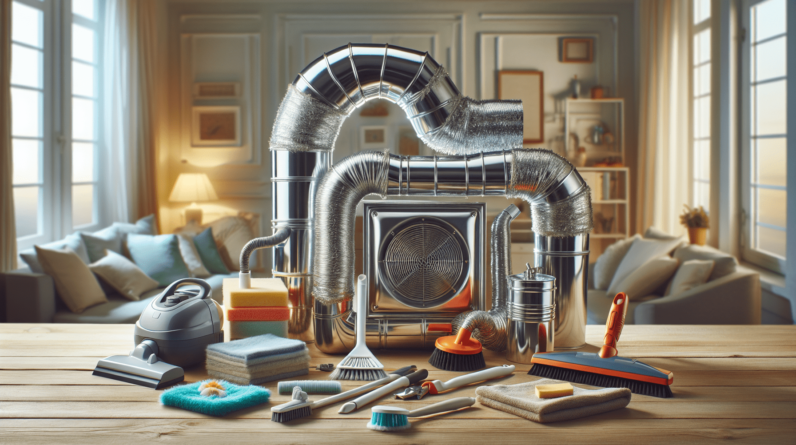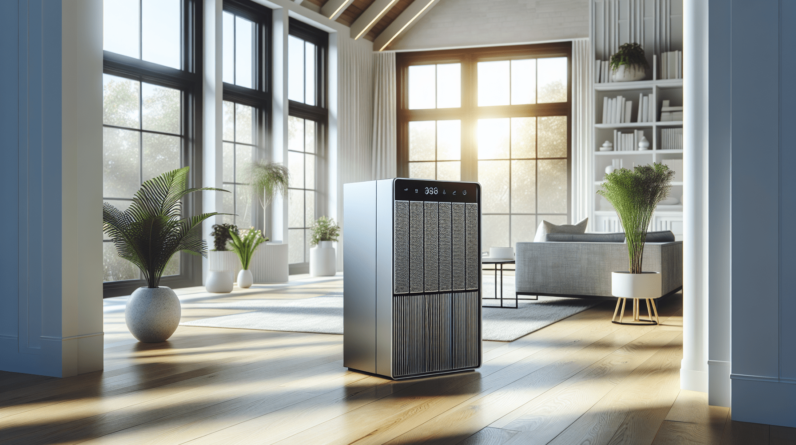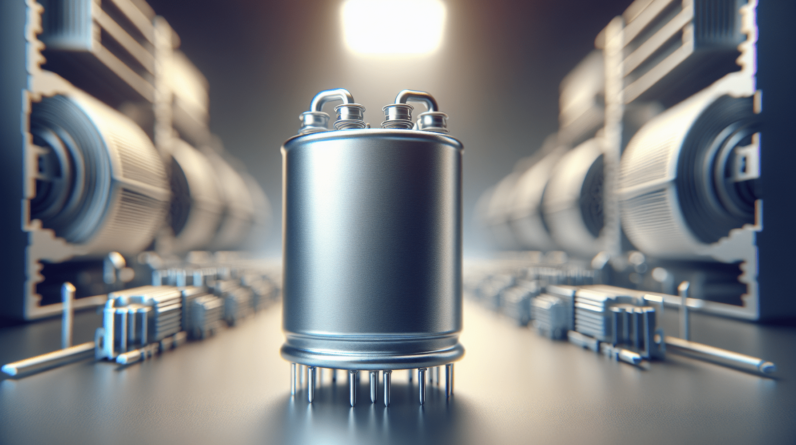

Have you ever wondered what keeps your air conditioner running smoothly? You might be surprised to learn that a small yet crucial component plays a significant role: the capacitor. Understanding how capacitors work in air conditioners can enhance your overall knowledge of HVAC systems and help you maintain your unit more effectively.
What is a Capacitor?
A capacitor is an electrical device that stores energy in an electric field. It consists of two conductive plates separated by an insulating material (dielectric). When voltage is applied, the capacitor stores energy that can be released when needed. In the context of air conditioning systems, capacitors are vital for the operation of motors and compressors.
How Do Capacitors Work?
Capacitors function by charging and discharging electrical energy. When you turn on your air conditioner, the control unit sends voltage to the capacitor, allowing it to charge up. This stored energy is then utilized to start the compressor or fan motor. Once the motor is running, the capacitor then helps maintain a steady flow of electrical current, ensuring the unit operates smoothly.
Types of Capacitors Used in Air Conditioners
Different types of capacitors are employed in air conditioning systems. Understanding these can help you recognize their respective roles.
Start Capacitors
Start capacitors provide an initial boost of energy to kick-start the compressor motor. They help overcome inertia during startup, allowing the motor to reach its operational speed quickly. Once the compressor is up and running, the start capacitor is often disconnected from the circuit.
Run Capacitors
Run capacitors keep the motor running during normal operation. They help maintain a consistent voltage level and improve efficiency by stabilizing the current. Run capacitors remain in the circuit while the air conditioner is operating, ensuring that sufficient power is delivered to the compressor and fan motor.
Dual Run Capacitors
Dual run capacitors combine the functions of both start and run capacitors into one unit. They are commonly found in modern air conditioning systems, simplifying design and installation. A dual run capacitor can enhance efficiency and save space within the unit.
Why Are Capacitors Important for Air Conditioners?
Capacitors play several essential roles in your air conditioning system. Here are a few key reasons why they’re important:
- Starting Motors: Without dedicated start capacitors, air conditioning systems would struggle to get the compressor running.
- Efficiency: Run capacitors help motors run more efficiently, reducing energy consumption and ultimately saving you money on utility bills.
- Protection: They protect motors from overheating. If the motor doesn’t have enough power to operate, it can lead to burnout or damage.
Symptoms of a Bad Capacitor
Like any component, capacitors can fail over time. Recognizing the symptoms of a bad capacitor can save you from more significant issues down the line. Here are some common signs to look for:
Difficulty Starting
If your air conditioner struggles to start or makes a humming noise without turning on, it could be a sign that the start capacitor is failing. The initial push needed to get the compressor running isn’t being delivered, leading to operational issues.
Inconsistent Cooling
Does your air conditioner provide inconsistent cooling? Fluctuating temperatures can sometimes indicate problems with the run capacitor. It may not be supplying steady power to the compressor, causing erratic performance.
Unusual Noises
Sounds like buzzing or clicking when your air conditioner starts up can signal a failing capacitor. Unusual noises often indicate internal issues with the capacitor or connected components.
Increased Energy Bills
If you notice an uptick in your energy bills, it might be time to check your capacitors. A faulty run capacitor can lead to inefficient operation, costing you more in energy expenses.
Physical Inspection
Sometimes, physical signs can tell you a lot. Bloated or leaking capacitors may indicate failure. If you spot any of these issues, it’s essential to act promptly to avoid further damage.
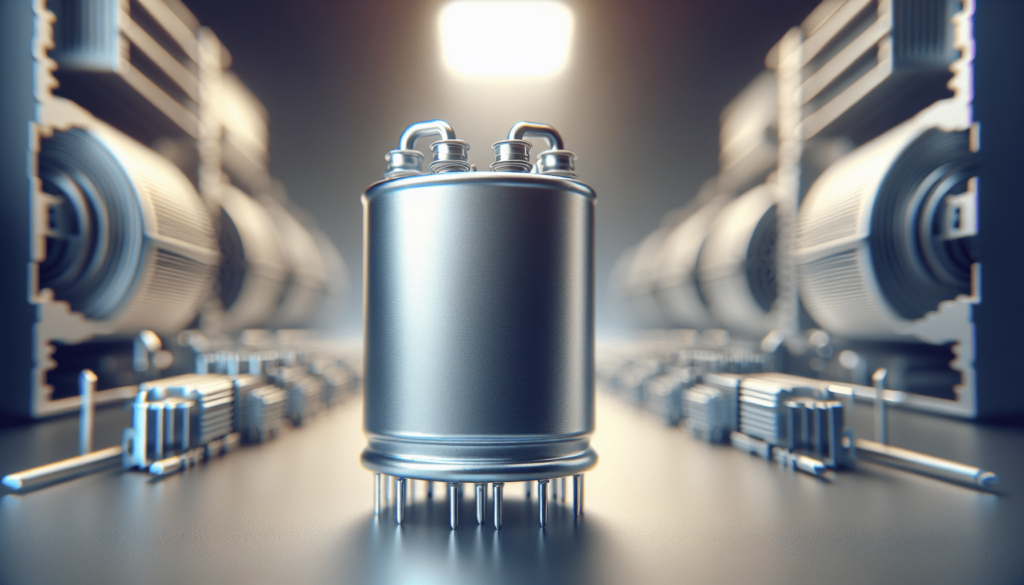
Testing Capacitors
Determining whether a capacitor is functioning correctly can involve a few straightforward tests. If you’re comfortable with basic electrical work, you can test capacitors using a multimeter. Here’s a brief overview of the process:
Safety First
Safety should always be your top priority. Before you start, ensure the air conditioner is powered off. Discharge the capacitor by placing a resistor across its terminals. This helps prevent electric shock.
Using a Multimeter
- Set Multimeter: Change your multimeter to the capacitance test mode.
- Connect Leads: Attach the leads to the capacitor terminals, noting polarity if applicable.
- Check Readings: Compare the reading to the capacitor’s rated capacitance label. A significant deviation indicates that you should consider replacement.
Professional Testing
If you’re unsure about testing a capacitor yourself or do not have the necessary equipment, it’s best to contact a licensed technician. They’ll have the tools and expertise to diagnose the issue accurately.
Replacing Capacitors
When it’s time to replace a capacitor, understanding how to do so correctly is crucial for safe operation and functionality. Here’s a general guide on how to replace an air conditioner capacitor:

Gather Your Tools
You’ll need a few basic tools, including:
- Screwdriver
- Multimeter
- Safety gloves and eye protection
- Replacement capacitor (choose one with the same specifications)
Turn Off Power
Before beginning any work, switch off the power to your air conditioning unit. Locate the dedicated circuit breaker and turn it off to eliminate the risk of electrical shock.
Access the Capacitor
- Remove the Cover: Use your screwdriver to take off the access panel to your air conditioner.
- Locate the Capacitor: Find the capacitor, which usually appears in the electrical compartment.
Disconnect the Old Capacitor
- Take Pictures: It’s often useful to take photographs of the wiring connections for reference.
- Disconnect Wires: Carefully disconnect the wires from the old capacitor. Ensure you note the original connections, as you’ll be replicating these with the new capacitor.
Install the New Capacitor
- Connect Wires: Following your photographs, connect the wires to the respective terminals on the new capacitor.
- Secure the Capacitor: Ensure the new capacitor is mounted securely in its designated place.
- Replace Access Cover: After everything is connected, reattach the access panel carefully.
Restore Power and Test
- Turn Power On: Switch the circuit breaker back to the “on” position.
- Test Operation: Turn on your air conditioner and check whether it operates smoothly. Listen for unusual sounds and observe its cooling performance.
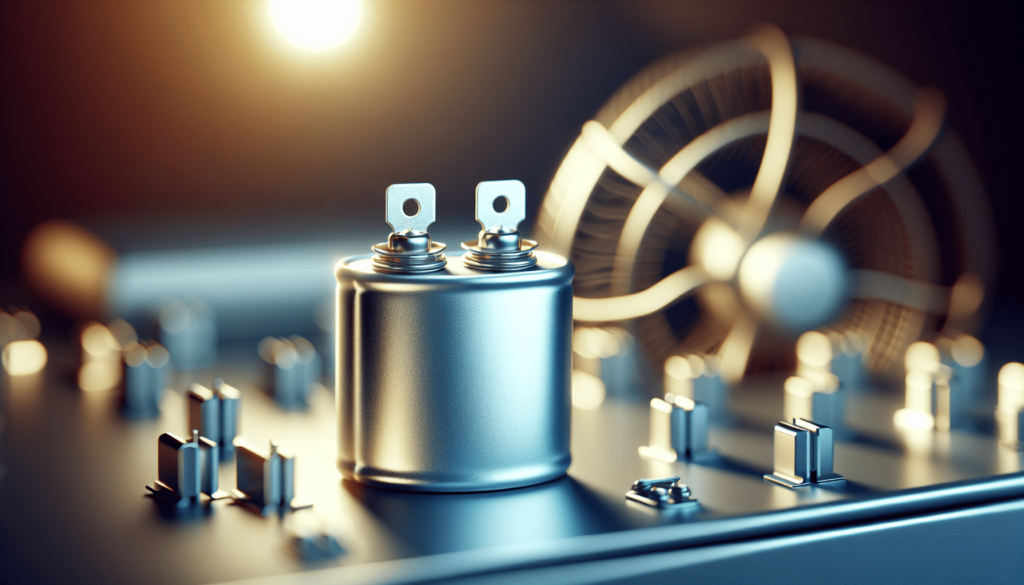
Maintenance Tips for Capacitors
Capacitors might not require extensive maintenance, but there are ways you can extend their life and ensure your air conditioner’s reliability.
Regular Inspections
Frequent check-ups can catch issues before they escalate. Look for any signs of a failing capacitor, including bloating or leaking.
Keep the Unit Clean
Dust and debris can accumulate and affect the components inside your air conditioner, including capacitors. Regularly clean the unit to maintain optimal functionality.
Schedule Professional Servicing
Having a professional technician conduct regular maintenance checks ensures that all components, including capacitors, remain in good working condition. They can spot potential issues before they become significant problems.
Protect from Power Surges
Power surges can damage capacitors. Using a surge protector for your HVAC system can safeguard against voltage spikes, prolonging the life of capacitors as well as other sensitive components.
Conclusion
Capacitors are small yet vital components of your air conditioning system. They ensure the efficient operation of motors and compressors, making them indispensable for maintaining a comfortable indoor environment. Recognizing the signs of a failing capacitor and understanding how to test and replace one can save you from costly repairs and discomfort.
By understanding more about capacitors in your air conditioning unit, you empower yourself to take better care of your system. Whether it’s scheduling regular maintenance or learning how to replace a capacitor, knowledge is crucial for keeping your air conditioner running smoothly. So, the next time you feel the cool breeze from your AC, remember the little capacitor working hard behind the scenes!

